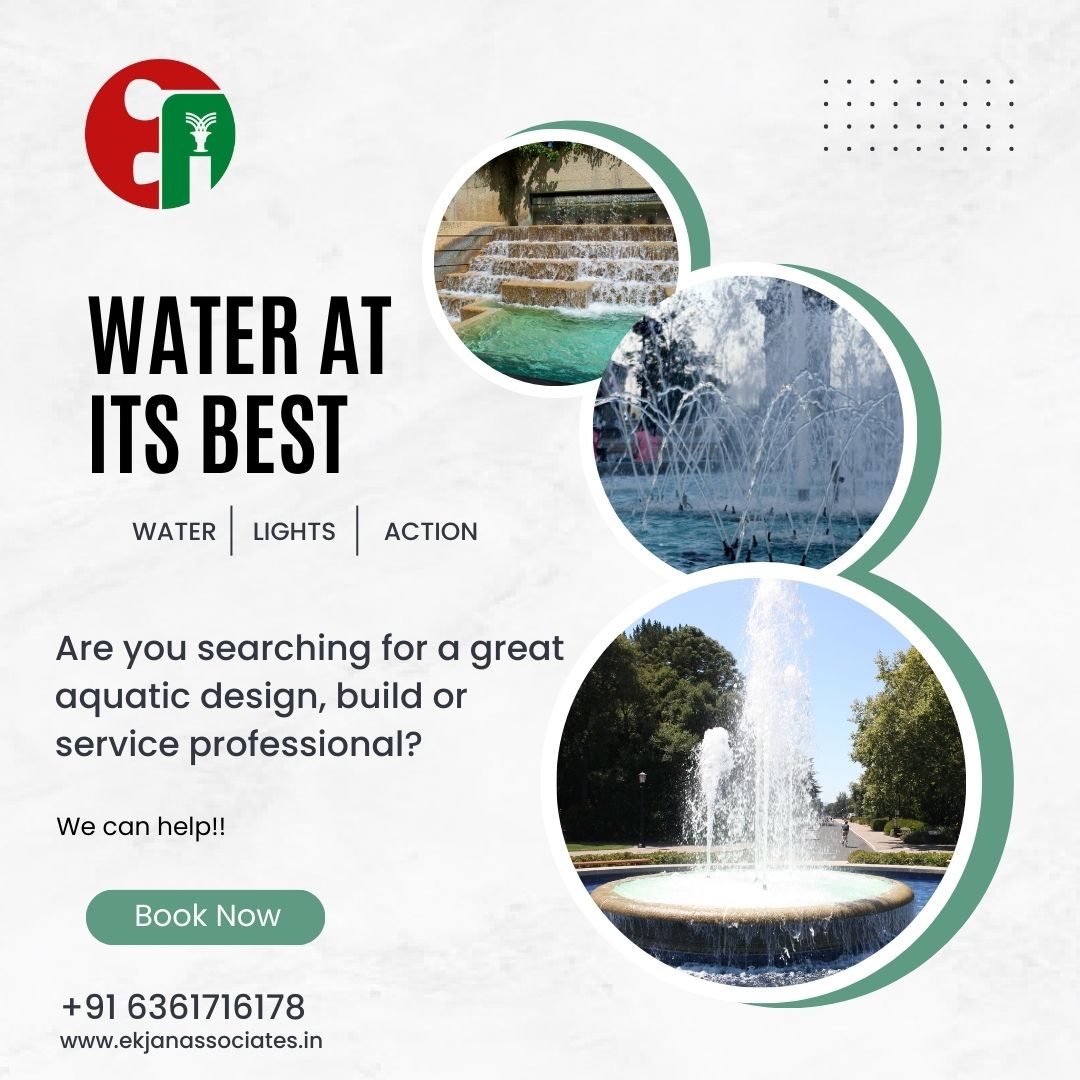
2023-12-26T13:31:24
Choosing a water fountain for either indoor or outdoor use involves considering various characteristics to ensure it suits the intended environment and meets your preferences. Here are some key features to look for when deciding whether to place a water fountain indoors or outdoors: Indoor Water Fountain Features: Size and Scale: Consider the available space indoors. The fountain should complement the room without overwhelming it. Material: Opt for materials suitable for indoor use, such as ceramic, glass, or lightweight metals. These materials should be resistant to water damage and easy to clean. Design and Style: Choose a design that complements your indoor decor. Indoor fountains often have more intricate and decorative designs compared to their outdoor counterparts. Noise Level: Consider the noise level of the fountain pump. Indoor fountains should have a quiet pump to maintain a peaceful environment. Lighting: Some indoor fountains come with built-in lighting features, adding ambiance to the room. Consider whether you want this additional feature. Ease of Maintenance: Indoor fountains should be easy to disassemble and clean. Look for designs that facilitate simple maintenance without causing disruptions to the indoor environment. Splash Control: Ensure the design minimizes splashing to prevent water damage to indoor surfaces. Features like splash guards or a controlled water flow can help with this. Power Source: Consider the power source required. Indoor fountains often use standard electrical outlets, so ensure the placement allows for easy access to power. Outdoor Water Fountain Features: Weather Resistance: Outdoor fountains should be made of materials that withstand various weather conditions, such as UV-resistant materials, stone, concrete, or metals like stainless steel. Size and Scale: Ensure the fountain is appropriately sized for the outdoor space. It should be large enough to make an impact but not overpower the surroundings. Freeze Resistance: If you live in an area with freezing temperatures, choose a fountain that is freeze-resistant or can be easily drained and stored during winter. Stability: Outdoor fountains should be stable and able to withstand wind and other outdoor elements. Heavy materials and sturdy bases are important. Water Flow: Consider the desired water flow and sound. Outdoor fountains can have a more natural and unrestricted flow compared to indoor fountains. Power Source: Ensure there is a suitable power source outdoors, or opt for solar-powered fountains for more flexibility in placement. Wildlife Considerations: Outdoor fountains may attract birds and other wildlife. If desired, choose a design that accommodates this and is easy to clean. Aesthetics: Outdoor fountains can be more rustic or natural in design, blending with the outdoor landscape. By considering these features, you can choose a water fountain that not only enhances the aesthetic appeal of your space but also functions well in either indoor or outdoor environments.

Have a question? Ask here!
Required fields are marked *